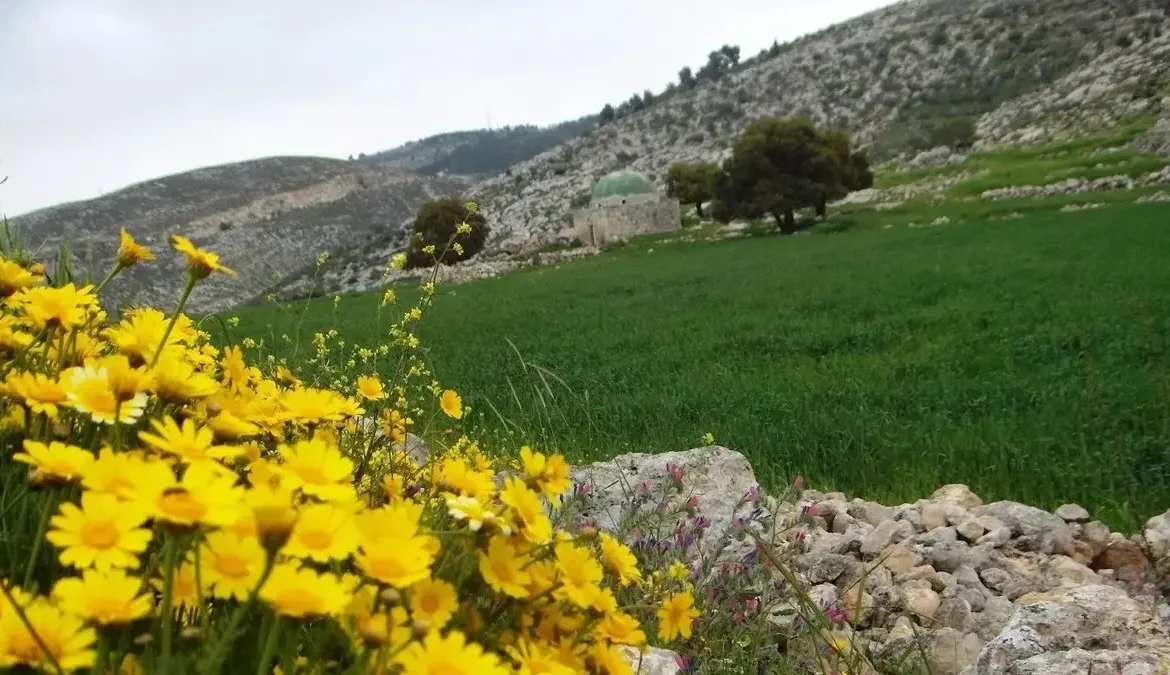The Enchanting Arrival of Spring: A Cosmic Dance of Day and Night
Spring begins its magical reign at midday on Thursday, March 20, 2025, precisely when the night and day share equal time across the globe. This moment, known as the vernal equinox, marks the astronomical start of a season that promises renewal, growth, and breathtaking natural phenomena. For those eager to embrace this seasonal shift, understanding its significance and effects offers a deeper appreciation of nature’s rhythms. Here’s an exploration of what makes this spring equinox so extraordinary.
The Vernal Equinox: A Perfect Balance of Light and Darkness
On Thursday, March 20, 2025, at exactly 9:01:25 AM Greenwich Mean Time (corresponding to 12:01:25 PM Damascus time), the vernal equinox will occur, ushering in spring for approximately 93 days and 5 hours until the summer solstice arrives on Saturday, June 21, at 2:42:11 PM GMT. During this precise moment, the sun’s rays strike the equator perpendicularly, resulting in an equal 12 hours of daylight and 12 hours of darkness worldwide. Consequently, this balance creates a unique opportunity to observe nature’s symmetry in action.
After this date, daylight gradually extends by about one minute and fifteen seconds each day, while the night shortens by the same amount. For instance, this shift allows us to pinpoint the four cardinal directions with remarkable accuracy: the sun rises exactly in the east at 90 degrees and sets precisely in the west at 270 degrees. Meanwhile, at the North Pole, the sun emerges for six continuous months between the autumnal and vernal equinoxes, while regions below the pole experience shorter daylight periods, ranging from less than six months to just 24 hours at the Arctic Circle.
A Tale of Two Hemispheres: Light in the North, Darkness in the South
Interestingly, the vernal equinox highlights a striking contrast between the Earth’s hemispheres. While the Northern Hemisphere basks in increasing daylight, the Southern Hemisphere experiences the opposite. Specifically, at the South Pole, the sun disappears for six months, plunging the region into complete darkness. This interplay between light and shadow underscores the equinox’s role as a pivotal moment in the planet’s annual cycle, reminding us of the interconnectedness of global ecosystems.
Spring Weather Patterns: From Dusty Winds to Refreshing Rains
Despite the arrival of spring, weather systems remain dynamic, particularly in the Mediterranean region. For example, low-pressure systems do not fade away; instead, their origins shift toward the eastern Mediterranean basin and Cyprus. Additionally, new centers of low-pressure formation emerge south of the Atlas Mountains, known as Saharan depressions. These systems often bring khamsin-like conditions—dry, dusty winds that intensify around mid-April, raising temperatures above average and dropping humidity below 10%.
Following these arid gusts, moist westerly or northwesterly winds sweep in, sometimes accompanied by rainfall and thunderstorms. This phenomenon, referred to as the “fourth of Nisan rain” in the Eastern calendar (April 17 in the Western calendar), adds a refreshing twist to spring’s unpredictable weather. Overall, spring contributes 20-23% of the rainy season’s precipitation, although climate change over the past two decades has reduced this percentage to as low as 15% in some areas.
Temperature Trends: A Transition from Winter to Summer
Thermally, the first half of spring retains a wintry, rainy character, particularly in March and April. However, by the beginning of May, the air carries the unmistakable scent of summer, and rainfall becomes scarce. This gradual transition reflects spring’s dual nature—bridging the cold, wet days of winter with the warm, dry embrace of summer. As a result, the season offers a diverse range of experiences, from crisp mornings to balmy afternoons.
Final Thoughts: Embracing Spring’s Wonders
The vernal equinox of March 20, 2025, is more than a date on the calendar; it’s a celestial event that harmonizes day and night, reshapes weather patterns, and sets the stage for nature’s renewal. Whether you’re marveling at the sun’s precise alignment or bracing for a dusty windstorm, spring invites us to witness the Earth’s ever-changing beauty. So, as the days grow longer and the world awakens, take a moment to celebrate this season of balance and transformation.
Israeli Airstrikes Target Central Syria: A New Escalation in Regional Tensions




